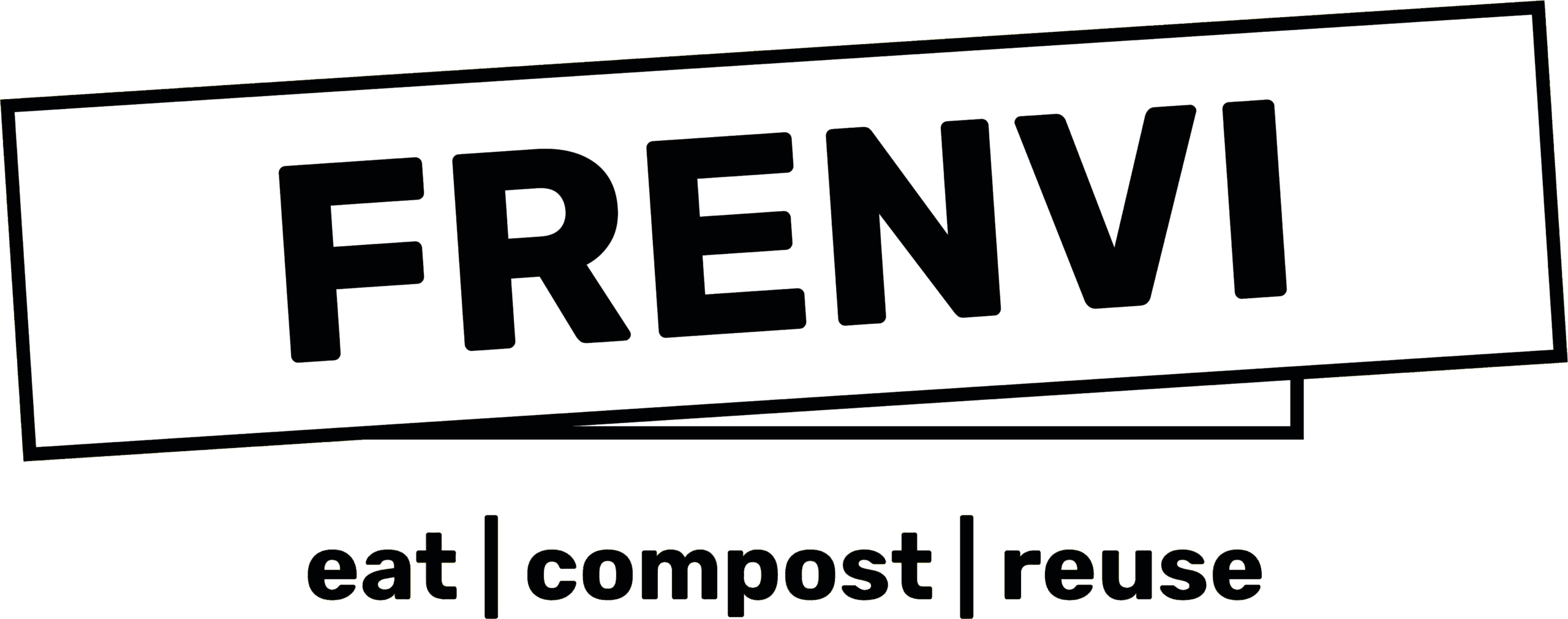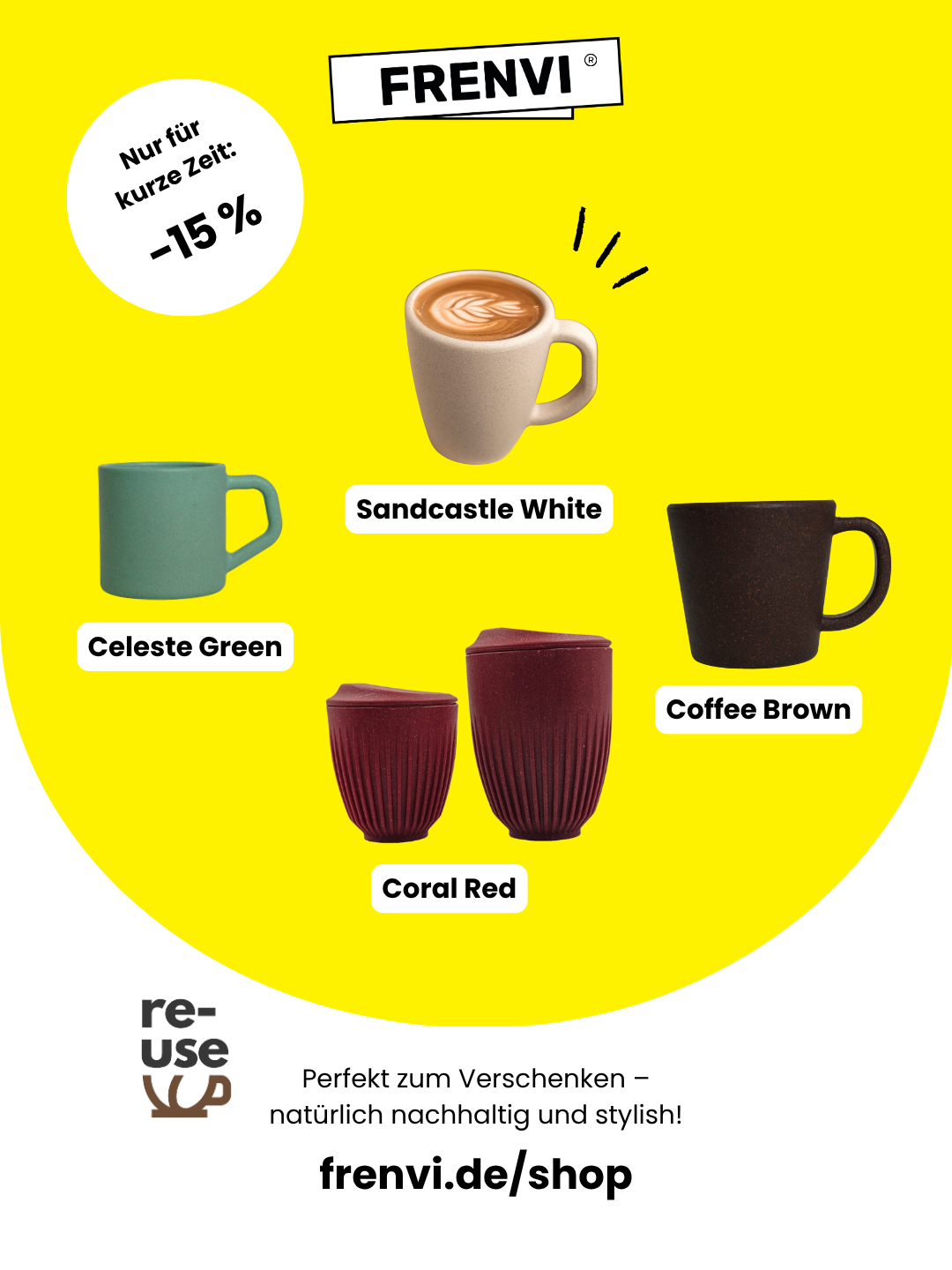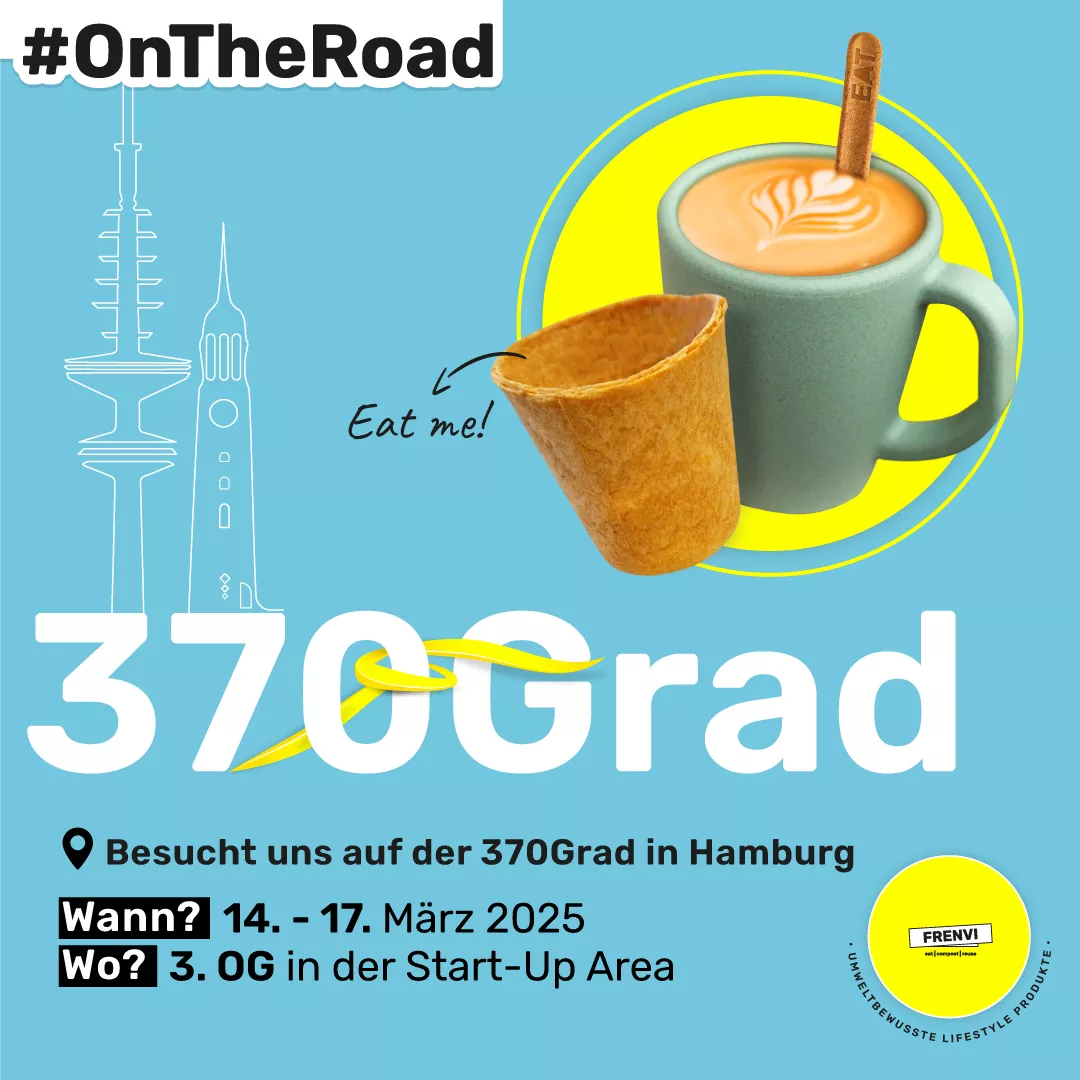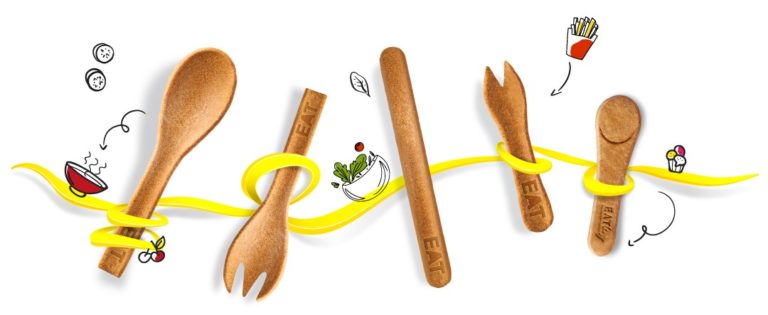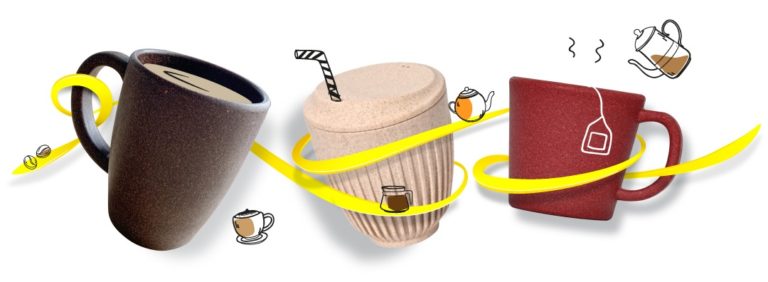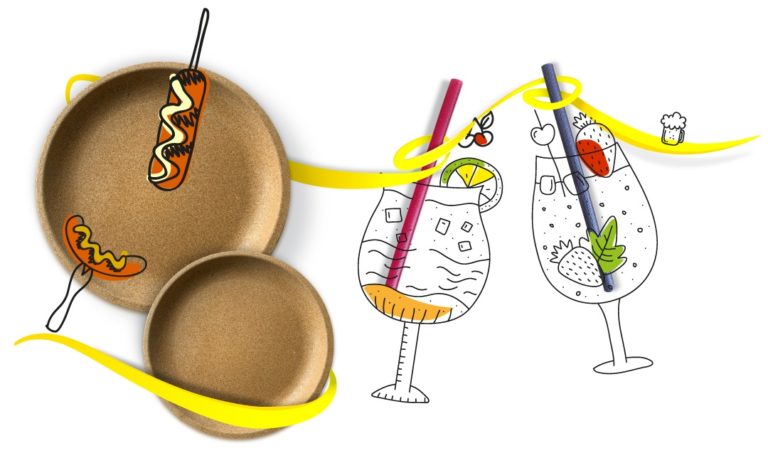But why is plastic actually such a burden on the planet?
In some countries, the garbage is simply disposed of in the world’s seas and rivers. Studies show that a large proportion of the garbage floating in the sea is made of plastic. Some of the plastic waste is caused by illegally dumped waste from ships or by lost cargo from cargo ships. Another part consists of plastic products that are left on a river bank, for example, and are swept away by floods or strong winds. Around 80 percent of the world’s plastic waste ends up in the sea from land, the remaining 20 percent comes from ships and fishing.
The consequences are serious.
Every year, over 135,000 marine animals and a million seabirds die as a result of the affluent society. Plastic is very durable, so more and more plastic is accumulating in the oceans. Although plastic breaks down into smaller and smaller particles, the plastic does not completely decompose. So-called microplastic particles are created, which are smaller than 5 millimeters. Humans also ingest plastic through their diet. The average citizen consumes 70,000 pieces of microplastic every year . That’s the equivalent of 100 pieces during a single meal. The effects on health are not yet known.
Every year, several million tons of plastic are thrown away worldwide after a single use. A plastic bag, for example, has a lifespan of less than 30 minutes . According to National Geographic, 73% of the world’s beach waste is made of plastic. The waste includes filters from cigarette butts, bottles, bottle caps, food packaging, shopping bags and Styrofoam containers.
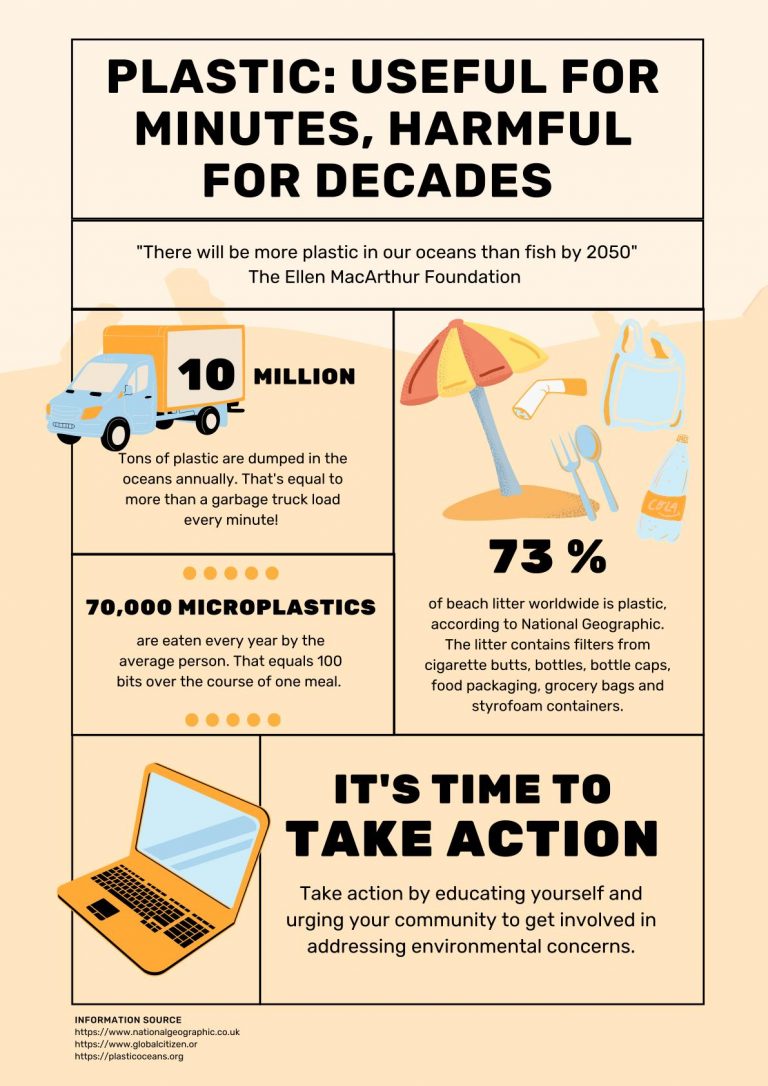
Plastic policy in the EU
For some time now, politicians have also been increasingly focusing on the issue. The most effective way to solve the problem is to prevent more plastic from entering our oceans.
The EU’s single-use plastic ban in the fight against plastic waste has finally come into force. The following plastic products, for which alternatives made from other materials can be made available, have now been banned since July 2021:
- Disposable cutlery and tableware
- Drinking straws
- Stirring sticks
- Cotton swabs
- Balloon sticks
The Single-Use Plastics Directive
- To-go beverage cups
- Fast food packaging
- Disposable food containers
The same applies to disposable plates, cups or cutlery made from bio-based or biodegradable plastics, as well as disposable plates and bowls made from cardboard that only contain a small amount of plastic or have a plastic coating.
Alternatives to FRENVI
But what is edible cutlery from EATlery® anyway?
Our edible cutlery is a pastry with a cutlery function. It consists of a natural and balanced grain mix that ensures perfect stability and excellent taste.
And edible cutlery is really edible?
Yes, ours does. We only use edible raw materials for our products, so our cutlery can be consumed without restrictions. We recommend using the cutlery as intended first as eating cutlery and then eating it. The moisture in food and drinks such as soups, porridge or coffee gives the spoon a pleasant bite. If you like it crunchy, you can also just eat the cutlery as it is – it tastes very good in any case!
Tasty not wasty!
Browse through our products. Want to find out more? Then click on the button!
